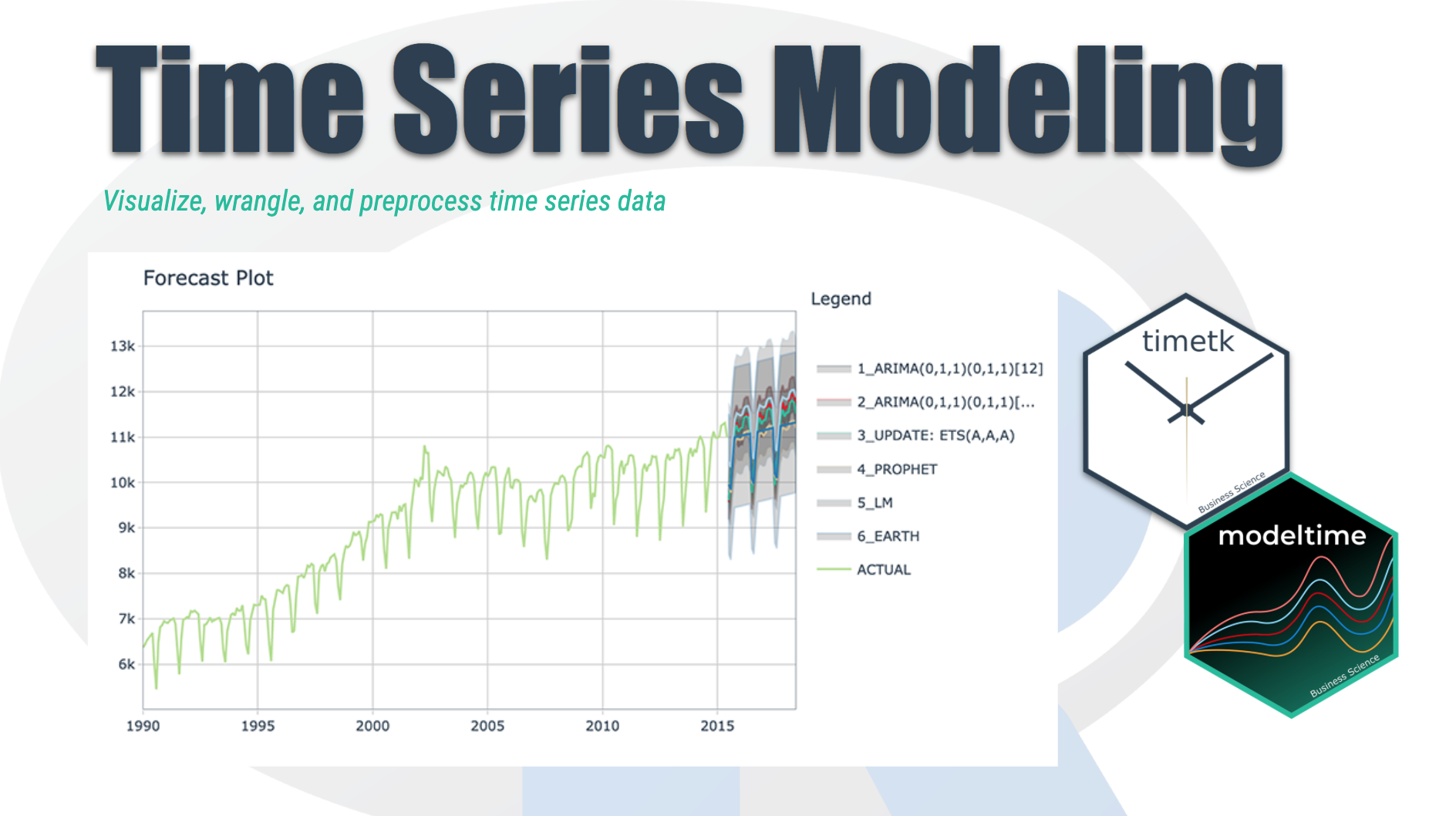Time series modeling is a type of predictive modeling that involves the use of statistical methods to predict future values of a given variable based on past data. It is used in a variety of industries and applications, such as finance, economics, and forecasting. Time series models are useful for understanding the behavior of a certain phenomenon over time, or for predicting future values of a certain variable.
Types of Time Series Model
Time series models can be divided into two main categories: linear models and non-linear models. Linear models are based on the assumption that the underlying process generating the time series data is linear, while non-linear models are based on the assumption that the underlying process is non-linear.Linear Time Series Models
Linear time series models include Autoregressive (AR), Autoregressive Moving Average (ARMA) and Autoregressive Integrated Moving Average (ARIMA) models. These models are used to predict future values of a variable based on past data. AR models are useful for predicting the next value in a time series, while ARMA and ARIMA models are useful for forecasting future values of a variable over a longer period of time.Non-Linear Time Series Models
Non-linear time series models include Exponential Smoothing (ES), Neural Networks (NN) and Support Vector Machines (SVM) models. These models are used to predict future values of a variable based on past data that are not linear. ES models are useful for predicting the next value in a time series, while NN and SVM models are useful for forecasting future values of a variable over a longer period of time.Comparison of Time Series Model
| Model | Linear/Non-Linear | Short-term/Long-term |
|---|---|---|
| Autoregressive (AR) | Linear | Short-term |
| Autoregressive Moving Average (ARMA) | Linear | Long-term |
| Autoregressive Integrated Moving Average (ARIMA) | Linear | Long-term |
| Exponential Smoothing (ES) | Non-Linear | Short-term |
| Neural Networks (NN) | Non-Linear | Long-term |
| Support Vector Machines (SVM) | Non-Linear | Long-term |
